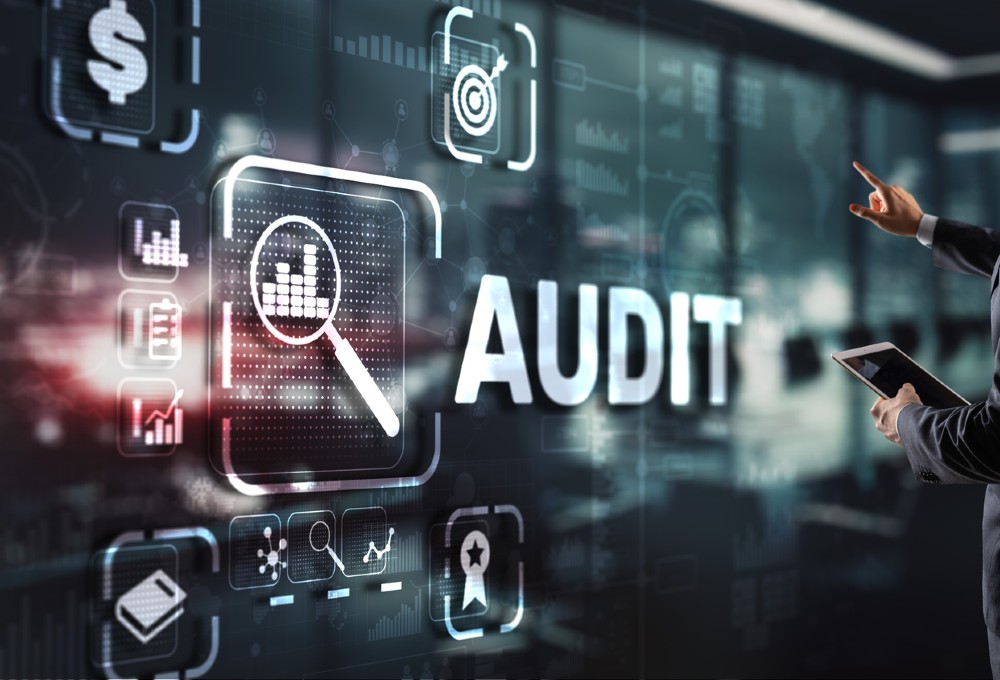Are Your Signs Working? How To Audit Business Signage To Maximize Impact
- April 25, 2025
- Posted by: Ryan Brady
- Category: How To Audit Business Signage

Business signage is one of your most valuable communication tools—yet it’s often overlooked after installation. While you may invest time in your marketing, website, and customer service, signage can remain unchanged for years, even as your business evolves. But signs aren’t just functional—they’re a reflection of your brand, your professionalism, and your attention to detail.
For businesses across Northeast Ohio, signage often plays a significantly larger role. With unpredictable weather, varied municipal codes, and a mix of storefronts, industrial parks, and corporate campuses, a well-maintained sign doesn’t just make a strong first impression—it helps customers get to you and engage with you. That’s why knowing how to audit business signage is crucial for maintaining a strong, compliant, and effective visual identity.
Here’s how to conduct a signage audit that keeps your business looking sharp and performing at its best.
How To Audit Business Signage and Why You Should Do It
By conducting regular audits, you can ensure that your signage always reflects your current brand and meets customer needs, preventing it from working against you.
A comprehensive signage audit helps you identify what’s working, what’s outdated, and what needs attention, giving you the confidence that minor issues won’t escalate into bigger problems.
Walk Your Property from the Customer’s Perspective
Begin by walking your property as if you’ve never been there before. Is it clear where to park? Can you identify the main entrance? Once inside, can you easily find your way to the front desk or service areas? Include exterior monument signs, building signage, directional arrows, ADA signage, and interior graphics in your review.
Businesses that rely on seasonal promotions or high customer foot traffic, such as retail and hospitality establishments, should audit their signage multiple times per year. For others, once a year or every 18 to 24 months may suffice.
Check Visibility and Design Effectiveness
Poorly positioned or visually cluttered signage won’t be noticed, let alone read. Look for obstructions, such as landscaping, poles, or construction, that may impact visibility. Also, consider how your signs perform in low light or adverse weather.
Evaluating readability and aesthetics is also key. Strong contrast, simple typefaces, and appropriate sizing make signage easy to take in at a glance. Thoughtful visual hierarchy can dramatically improve how people interact with your signage.
Refresh Colors and Materials
Color has a significant influence on first impressions. Faded reds or dulled whites can make a business appear run-down. Check your signage materials for signs of UV damage, wear, or age-related changes. If your current signs aren’t holding up, it may be time to consider materials better suited to Ohio’s climate.
This is especially important for outdoor signs in parking lots, near Lake Erie, or along busy streets. Using high-durability materials ensures your brand continues to stand out for years to come.
Signage isn’t just about pointing people in the right direction—it’s also a messaging tool. Review what your signs say. Are your hours current? Are your core services represented? Is your tone aligned with how you speak to customers online and in person?
Many businesses still have pandemic-era signage up that might now feel outdated or unnecessary. Others may have changed services, rebranded, or opened new departments. If your signage doesn’t reflect those changes, you could be confusing or even deterring customers.
Evaluate Durability and Condition
Take note of any cracking, rust, peeling vinyl, or lighting issues in illuminated signs. In Ohio, freeze-thaw cycles, snow, and UV exposure can cause even high-quality signs to degrade. Maintenance can extend the life of a structure, but when signs start to fail structurally or aesthetically, it’s time to replace them.
Weather-resistant materials are essential for exterior signage. If you’re unsure what to choose, this guide to weatherproofing signage offers excellent recommendations for long-term performance.
Maintain Brand Consistency
Consistency is a key part of brand identity. Inconsistent logos, colors, or messaging can make your signage feel disconnected, especially if updates were made over time or by multiple vendors. During your audit, make sure every sign—from monument signs to interior room IDs—reflects the same design standards.
Brady Signs often works with clients to unify signage under a single, cohesive visual brand, ensuring a more professional and polished appearance across the board.
Check for Code and Accessibility Compliance
Every city in North Central Ohio has different zoning ordinances for signage, covering everything from size and height to lighting and digital displays. Likewise, all businesses must comply with ADA guidelines, including the use of braille signage, proper mounting heights, and contrast requirements.
Navigating these regulations can be challenging, but it is necessary. The good news is that there are ways to comply without sacrificing creativity—when you work with the right signage partner!
Brady Signs is a third-generation family business that has been a premier provider of business signage solutions throughout the North Central Ohio region and beyond for over 50 years. We’re here to discuss how our eye-catching signage can transform your brand into a statement.
